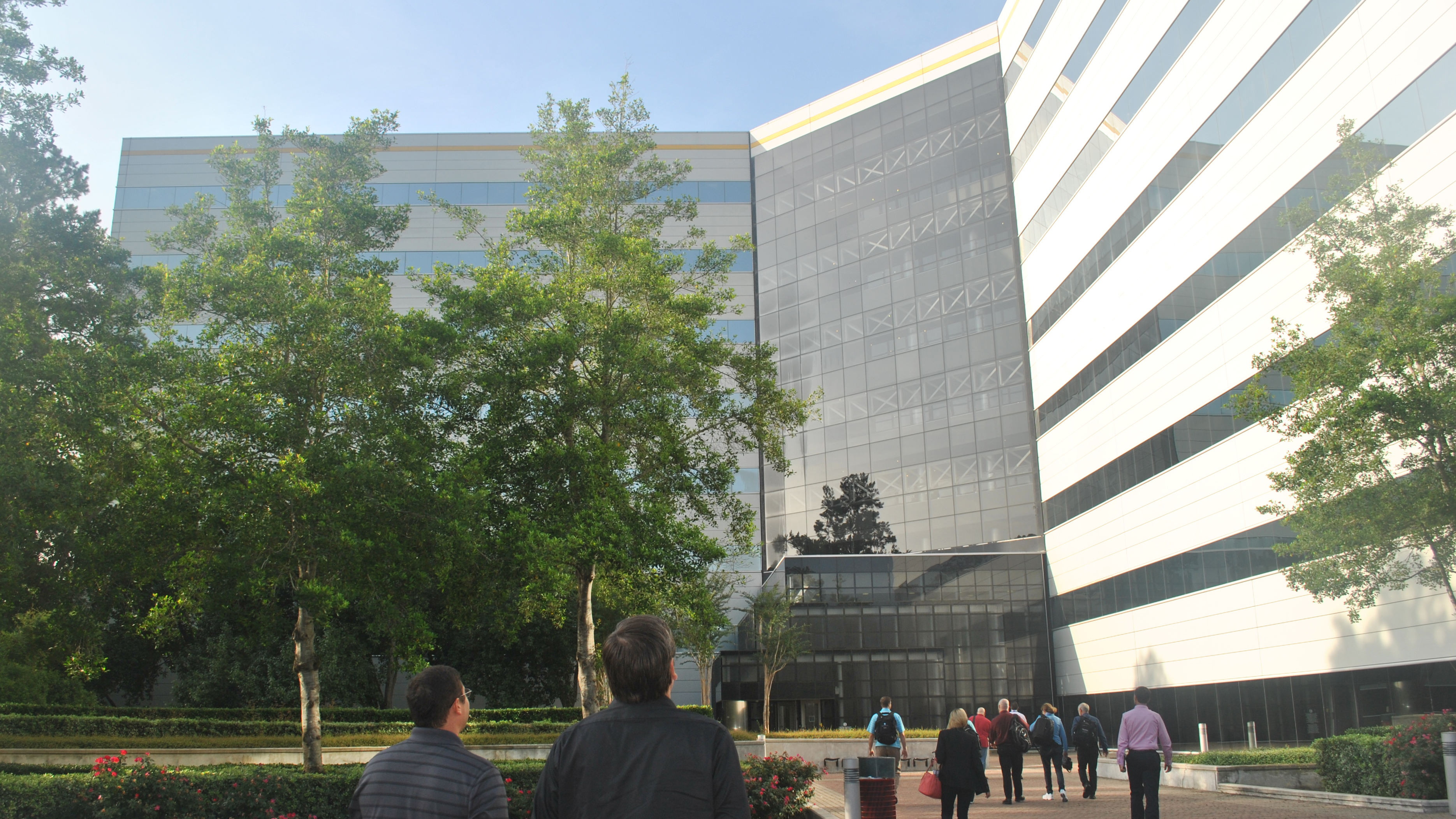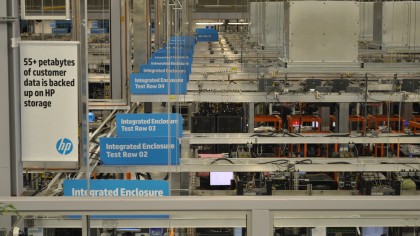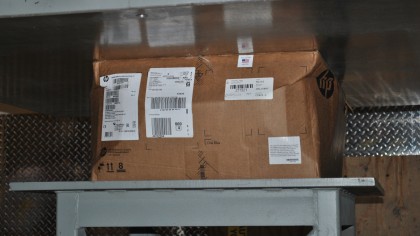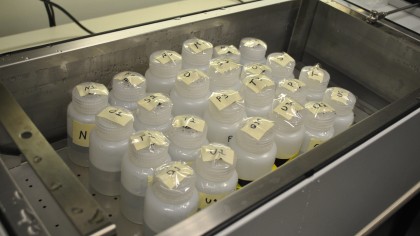Appetite for destruction: HP's product testing philosophy

We're all guilty of accidentally destroying electronics. Who hasn't dropped a tablet onto the ground, or popped the spacebar key out of a keyboard, or been burned by the warm cat urine we placed our fully charged laptop onto?
Because we techno-geeks treat our electronics like unwanted stepchildren, our favorite manufacturers go through pain-staking processes to ensure that their products withstand (almost) any beating consumers inflict.
To prove that there is no limit to the depths they'll go to test their products, HP flew a group of about 20 reporters out to their Houston, TX headquarters, where they showed us how badly they destroy every component of their laptops, desktops, tablets, workstations and servers in order to perform quality control.

That's right, it's someone's job to crush, freeze, burn, shake and scuff your laptop before it hits the market. There's even a guy who tests the strength of the boxes your HP products go into by squeezing the fully constructed cardboard beneath the jaws of a 750-lb vice.

100,000 hours of testing
From start to finish, your EliteBooks, ElitePads, ProBooks and Workstations go through more than 100,000 hours of testing. As I mentioned above, this testing includes destructive analysis that determines the limits of what your device can handle.
At the first stage of testing, nothing passes (kind of like High School pre-calculus). No matter how tough you think your ElitePad is (an HP staffer dropped and stomped on one to set the tone for the day), everything that runs through HP's destructive testing will fail at some point.
The earliest stages of testing include environmental analysis, which is done on the first prototypes the design team has assembled. This includes testing which determines whether or not Sir Richard Branson can bring his EliteBook into outer space. He can't.
Sign up for breaking news, reviews, opinion, top tech deals, and more.
Most electronic devices require spinning blades to cool down overheated drives. As the drives look for more air, the thin air of higher altitudes provides a weaker flow rate. As the air thins out, the boundaries between the blades and your hard drive decreases, which can lead to rubbing and grinding.
However, HP says its devices should have no trouble working in Leadville, Colo., which is situated more than 10,000 feet above sea level, and is the highest incorporated city in the United States.
Temperature and corrosion testing

Beachgoers will be happy to know HP does extensive salt testing of each of its components to guarantee that devices and the pieces contained within them don't corrode or rust. Every piece that goes into your laptop or server is placed within a container for 100 hours at 95 degrees and 99% humidity. If rust or corrosion is evident after the 100 hours are over, the product automatically fails and must be resubmitted for testing.
HP conducts a similar test for computer and server panels to determine how temperate directly affects devices. Your ElitePad or Notebook panels will be placed into a machine that cycles between 32 degrees and 212 degrees (with no humidity) to determine the maximum and minimum temperatures a device can withstand.
Devices are run through 3000 hour-long cycles over a four-month-long period. At the end of the test, HP can determine the temperature at which something failed and how many cycles it took before HP could make a fix at that temperature.
- 1
- 2
Current page: How HP prepares its products for consumer abuse
Next Page Page 2: Drops, shakes and cat urine